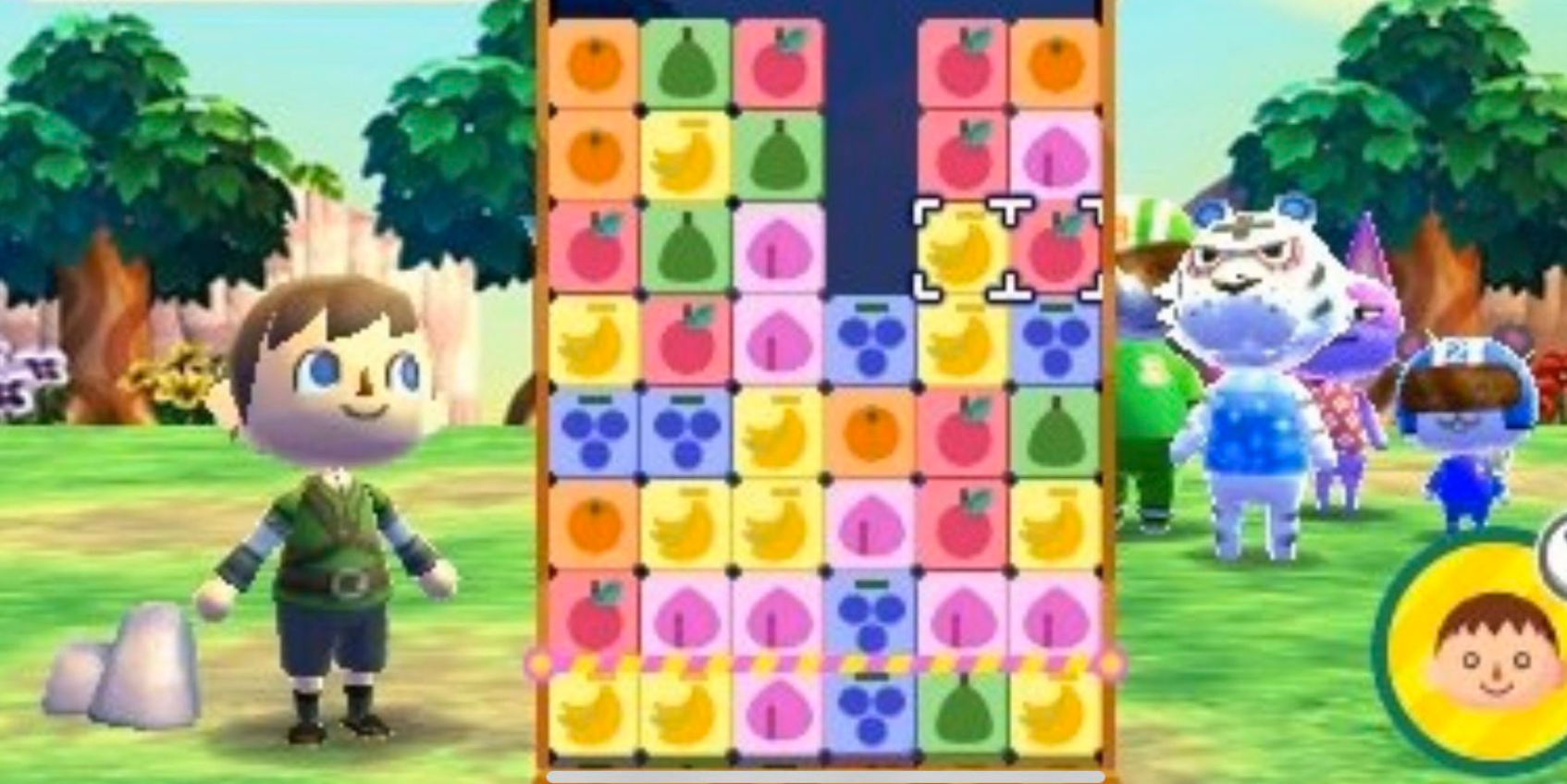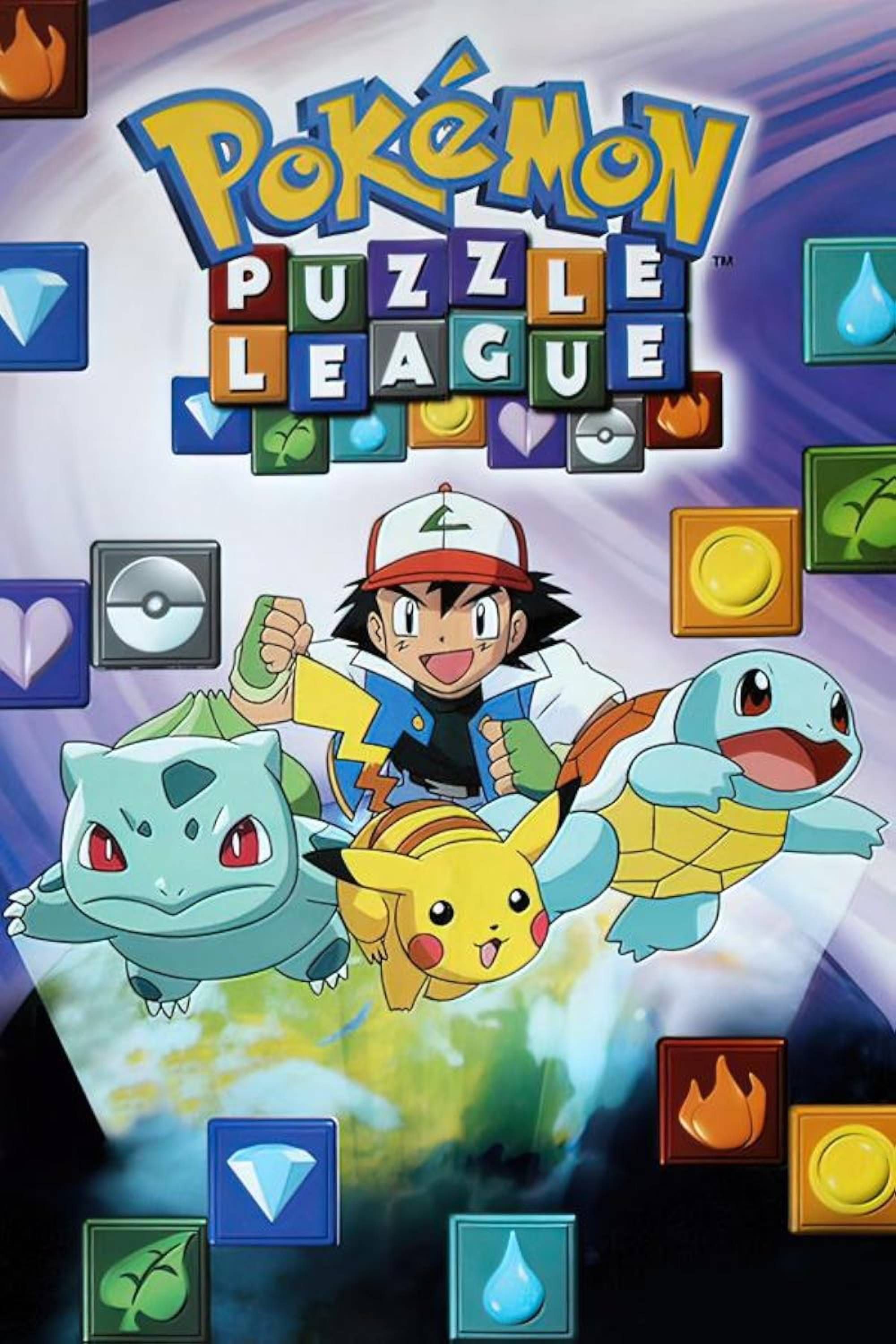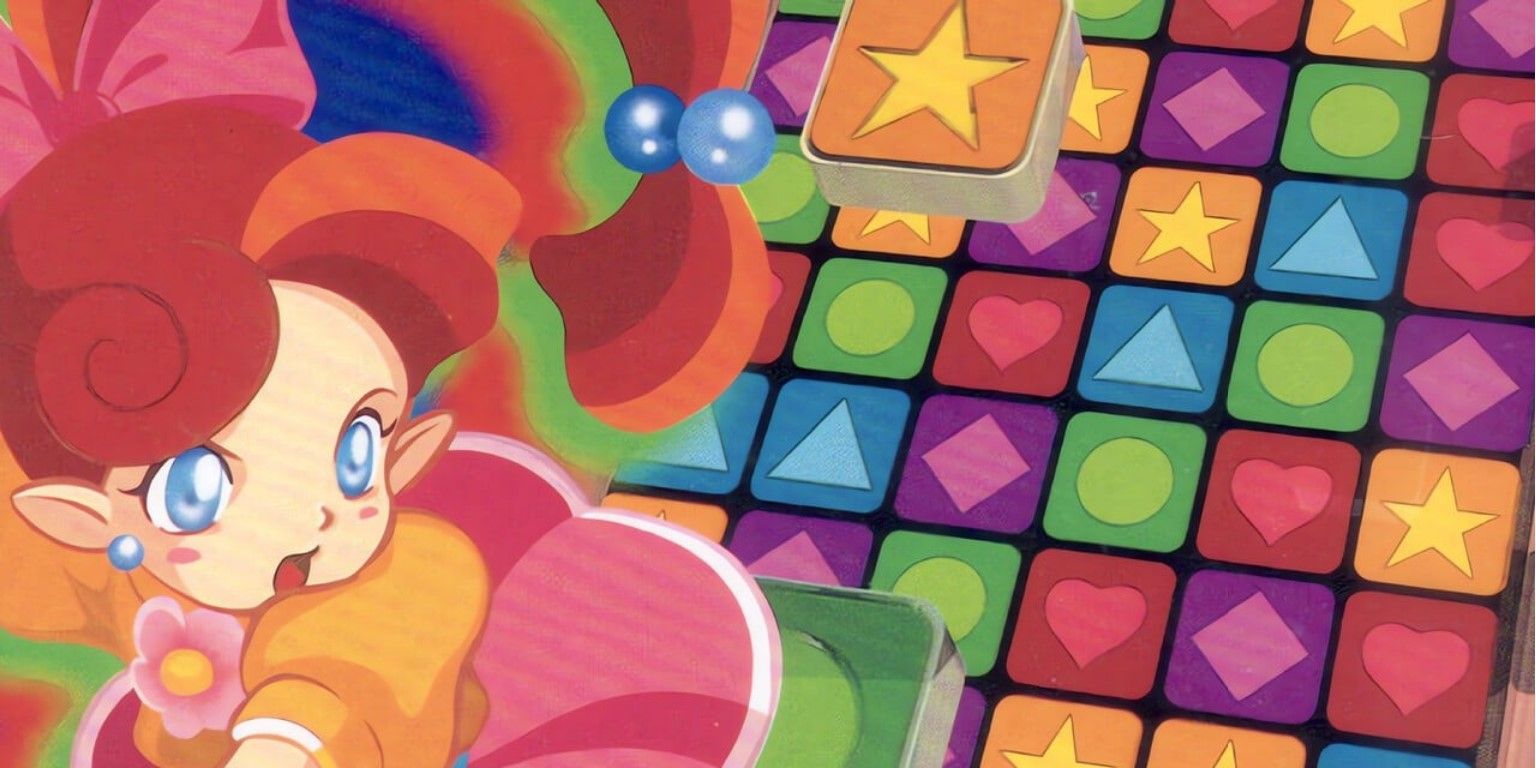
Panel de Pon is a puzzle video game developed by Intelligent Systems and published by Nintendo. It was originally released in 1995 for the Super Famicom in Japan. The game features a match-three mechanic, where players align colored panels to clear them from the board. Starring a flower fairy named Lip trying to rescue her friends from evil monsters, Panel de Pon is notable in many ways — colorful graphics, charming characters, catchy music, and Japanese exclusivity. It was eventually included in the Nintendo Switch Online’s Super Nintendo library in May 2020, but it wasn’t translated.
While the original Panel de Pon isn’t often mentioned outside its source material, it did garner some cameos, even in North America. The Super Smash Bros. series features the main protagonist’s flower wand, dubbed the Lip’s Stick — a battering item that inflicts the flower status upon any fighter struck by it — in Super Smash Bros. Melee, which has returned in every sequel since. Super Smash Bros. Ultimate also features Lip’s Mii Outfit and Spirit. Lip also appears in the Nintendo Wii exclusive Captain Rainbow — an action-adventure game that features Nintendo characters who have long since been abandoned.
A Simple, Yet Addicting Puzzle Game
Combos and Chains Grant Breathing Room
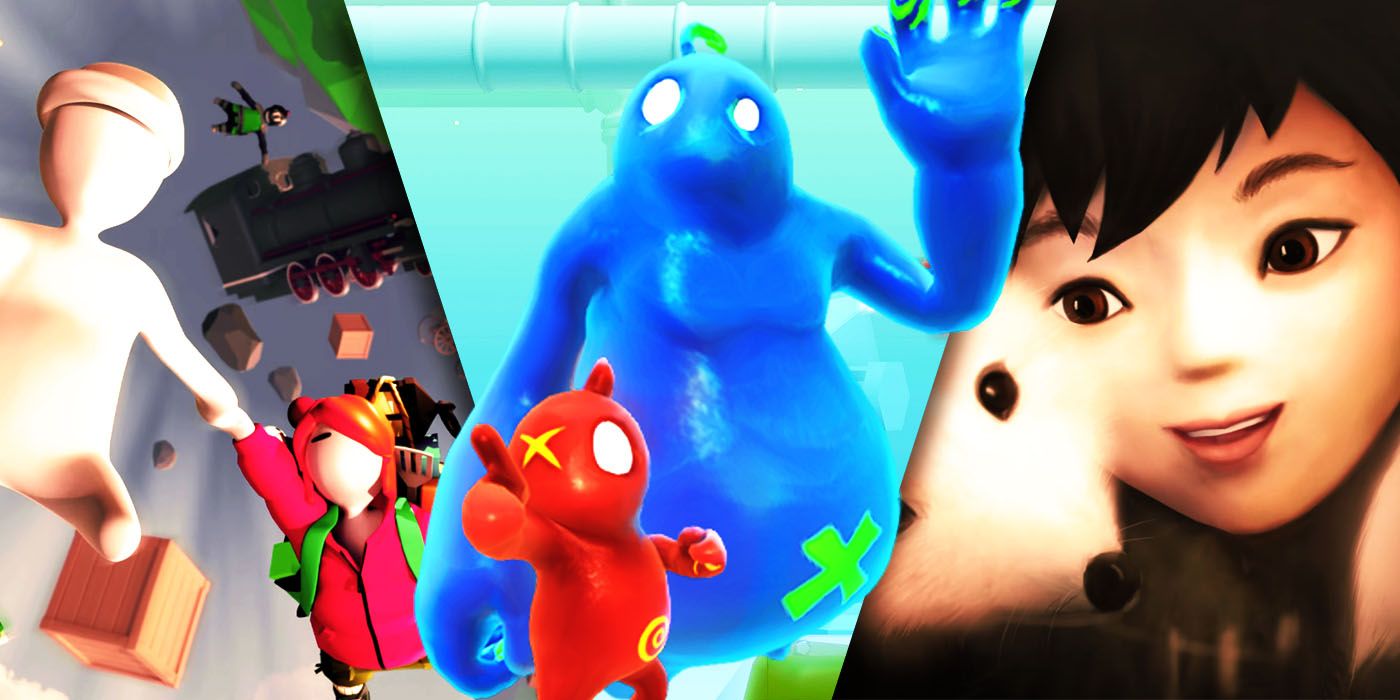
Related
30 Best Puzzle Games To Play With A Partner Or Friend
Whether playing cooperatively or alone, puzzle games can offer a great, intellectually challenging opportunity for gamers.
Players begin with a screen filled roughly halfway with blocks of different colors. Blocks can be freely switched horizontally, but not vertically. Blocks are affected by gravity and will fall if there is nothing beneath them. When three or more of the same colored blocks are in a horizontal or vertical row, they vanish. The stack of blocks constantly rises faster over time, and if it reaches the top of the screen, it’s game over. The stack will pause if the player can create a Combo or Chain, and larger variations of either grant additional time. Players are praised by the game when they accomplish this, complete with a voice clip specific to their chosen character.
Panel de Pon’s formula is simple, but it works with multiple gameplay modes: Endless Mode — keep playing until the blocks inevitably reach the top, Time Attack — score as many points as possible within a set time limit, Stage Clear — clear enough blocks until the stack is beneath the Clear Line to proceed to the next stage, Puzzle Mode — clear every block with a limited number of moves, Story Mode — play head-to-head against a series of computer opponents to help Lip save her friends, and Multiplayer — play head-to-head against a human player with another controller. Regardless of the gameplay mode, it’s usually advantageous to clear as many blocks as quickly as possible — Puzzle Mode is the exception.
A Combo is a row of four or more of the same colored blocks that can often utilize a second color. The highest Combo possible in normal gameplay is 14 — two colors of seven blocks each, with five blocks in a vertical row and three blocks in a horizontal row. A Chain is a technique that occurs when a row of blocks is cleared after another row is — for example, a horizontal row of three green blocks can vanish so that a blue block can fall on top of two more lined up vertically. Any blocks uninvolved with the ones that are vanishing can be freely switched, allowing players to quickly create larger Chains as they go. The highest number of Chains is limited by the number of blocks on the screen.
In Multiplayer and Story Mode, Combos and Chains yield an additional effect outside of stopping the stack from rising: Garbage Blocks. Whenever a player or computer opponent forms a Combo or Chain or clears a row of Gray Blocks, a Garbage Block falls on their opponent’s stack. Larger Combos and/or Chains yield more blocks, so performing them is the most efficient way to force an opponent’s stack to reach the top of the screen.
Garbage Blocks can be broken by clearing at least one colored block touching it. This causes the Garbage Block to turn into colored blocks that may be interacted with like normal. It’s possible to form a Chain by switching any colored blocks beneath the ones newly formed by the Garbage Block. Each Garbage Block has a different color and design based on the character being played, yet all function identically.
North America Received Yoshi and Pokémon Spin-Offs
Tetris Attack and Pokémon Puzzle League
2:43
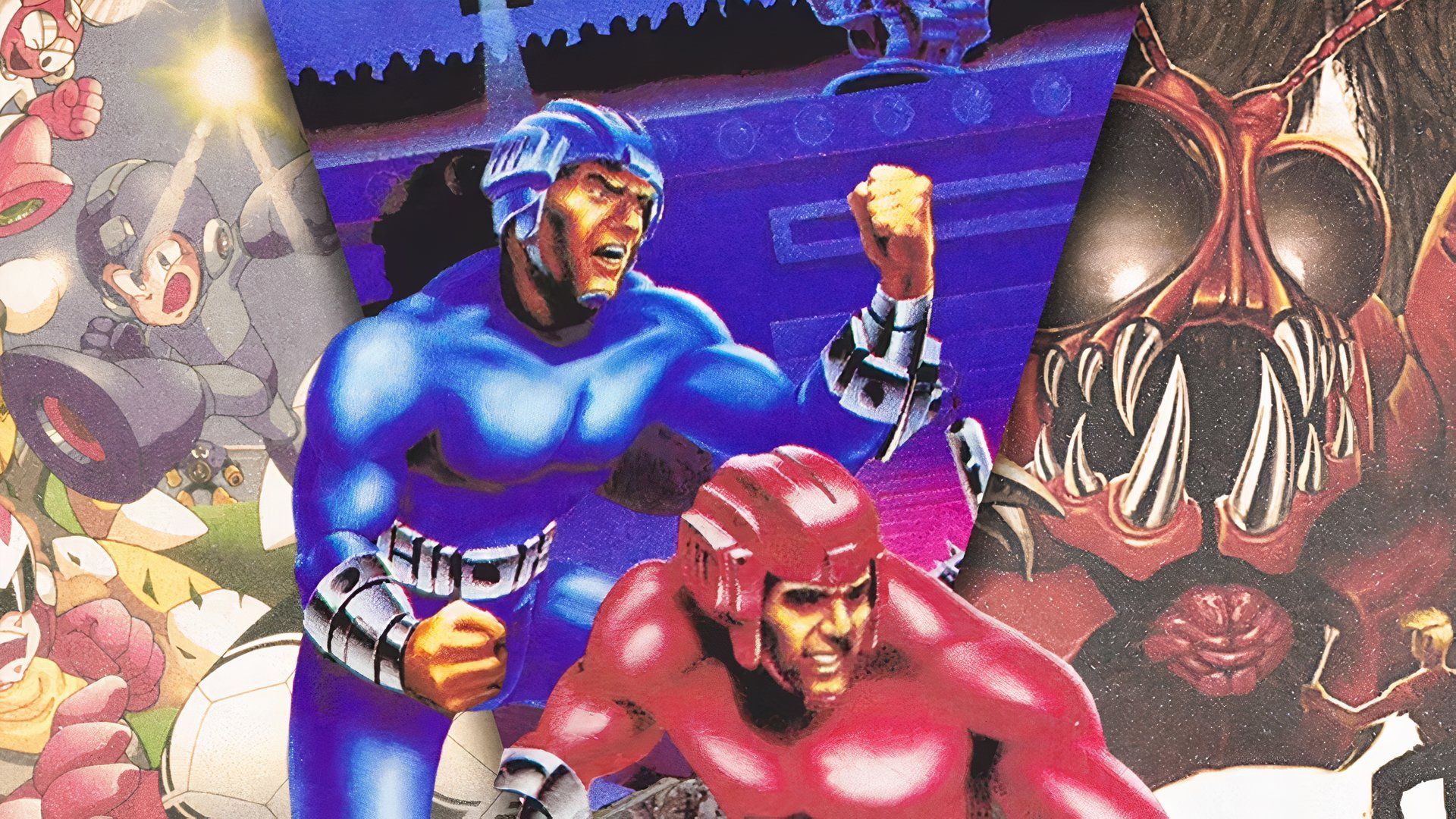
Related
15 Forgotten SNES Games That Should’ve Been Instant Classics
The Super Nintendo has many beloved classics like Super Mario Kart and EarthBound, but there are many forgotten gems that deserve just as much love.
Since it was believed that the overwhelming number of North American gamers in the mid-90s were male, Nintendo figured that they wouldn’t buy a game depicting fairies or magic. This led them to pull a Super Mario Bros. 2 on Panel de Pon during localization by giving it a Yoshi’s Island facelift. Most of the original game is completely intact — only the title screen, character art, voice clips, and a musical track are changed. Egregiously, the game’s title was dubbed Tetris Attack despite having nothing to do with Tetris whatsoever. Tetris Company co-founder, Henk Rogers, would later regret giving Nintendo the license to use this name. Future games in the franchise are titled Puzzle League and don’t reuse any Yoshi characters.
A true sequel, Pokémon Puzzle League, was released for the Nintendo 64 in Sept. 2000 in North America and Mar. 2001 in Europe. All the gameplay mechanics from Panel de Pon return with two notable additions — 3D Mode and improved AI. The latter is important because the AI from the Super Famicom/SNES games couldn’t utilize the colored blocks from a garbage block as it’s being converted no matter how hard the difficulty is set. Considering this is the only means of making a comeback, this improvement was well-received. 3D Mode changes the flat playing field that a tower resides within into a cylinder three times wider that wraps around itself, essentially removing both ‘edges’ of the field. Unfortunately, the AI is erratic in 3D mode, due to the increased area of blocks to work with.
Unlike most Pokémon games, this game is based on the Pokémon anime and uses many of its characters to enrich gameplay. Most of the in-game soundtrack is composed of instrumental arrangements from the 1999 Pokémon 2.B.A. Master album, released for the English localization of the anime. Like Panel de Pon, Pokémon Puzzle League is included within Nintendo Switch Online, albeit through its Expansion Pack in 2022.
The game also features animated FMV cutscenes with voice actors reprised by the cast of the anime series — a rarity for the cartridge-based Nintendo 64 compared to the CD-based PlayStation. Though Pokémon Puzzle League was based on the then-unreleased Panel de Pon sequel for the Nintendo 64, that game would later be included in a Japanese-exclusive Nintendo Puzzle Collection alongside Dr. Mario 64 and Yoshi’s Cookie. This version introduces four-player multiplayer in the series.
The Puzzle League Series Is Largely Forgotten Today
Its Last Appearance Was an Animal Crossing Mini-Game
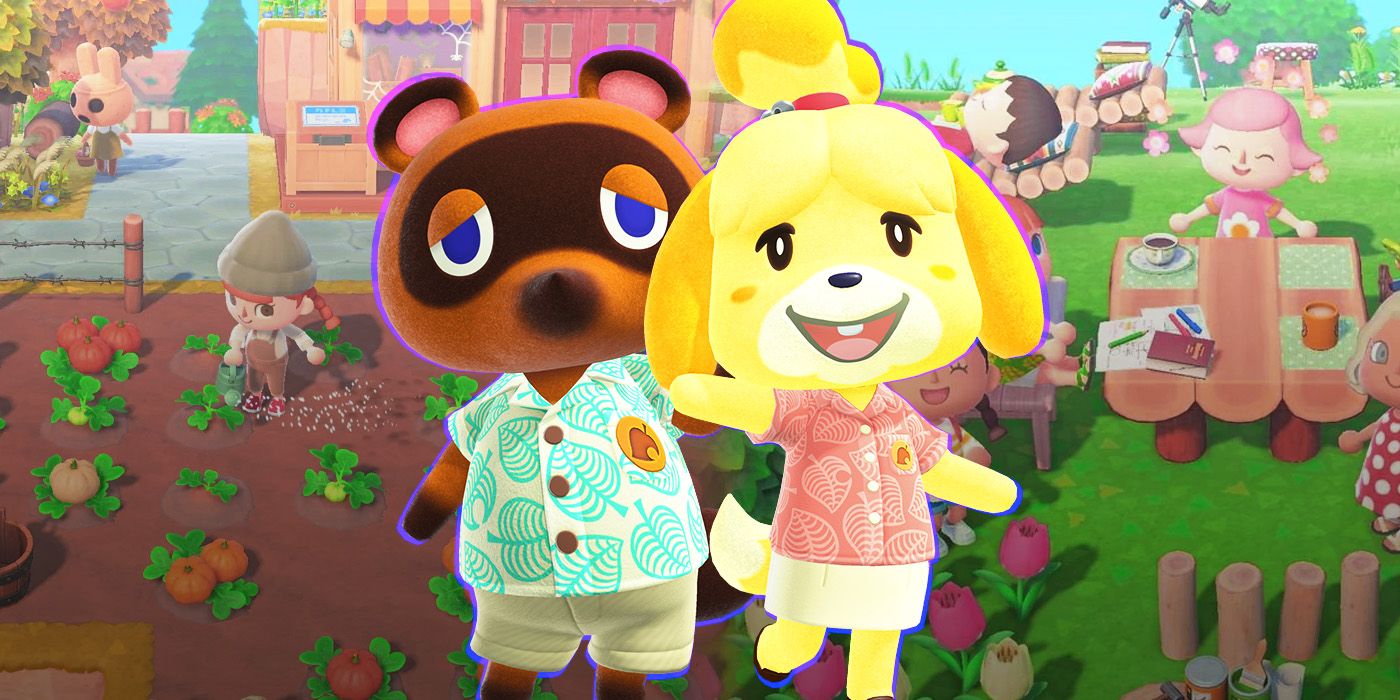
Related
4 Years Later, Nintendo Has a Major Animal Crossing Problem
In 2020, Animal Crossing: New Horizons was an unprecedented success for the franchise and for the Nintendo Switch as a whole. But what’s next?
Despite the franchise being well-received by players and critics overall, Puzzle League only received two more installments — Dr. Mario & Puzzle League for the Game Boy Advance and Planet Puzzle League for the Nintendo DS. Unfortunately for fans of the franchise, both games didn’t achieve the success of the first two. The former’s gameplay mechanics were lackluster at best, while the latter is devoid of any setting from Panel de Pon or any other video game series.
The new item blocks in Planet Puzzle League were a nice addition, but it wasn’t enough to save the franchise from quietly dying off. The last Puzzle League game came out in Apr. 2007 and there hasn’t been a new one since. Fortunately, a spiritual successor to Puzzle League was released in Oct. 2020 — Flipon, now available on Steam, Nintendo Switch, and Android. Interestingly, the Welcome Amiibo expansion of Animal Crossing: New Leaffor the Nintendo 3DS includes a Puzzle League minigame that plays identically to earlier games in the franchise.
One new feature is the ability to use special abilities by clearing enough blocks to fill the meter on the Touch Screen. The Horizontal Wipeout is the player’s ability by default, but certain amiibo can change it to a different ability. For example, Mabel’s amiibo grants the Sniper Wipe ability, which allows the player to delete blocks manually. By completing certain milestones in the minigame, players can earn new furniture, interior floors, and clothing — the last of which includes Lip’s complete ensemble from Panel De Pon.
Discover more from reviewer4you.com
Subscribe to get the latest posts to your email.
